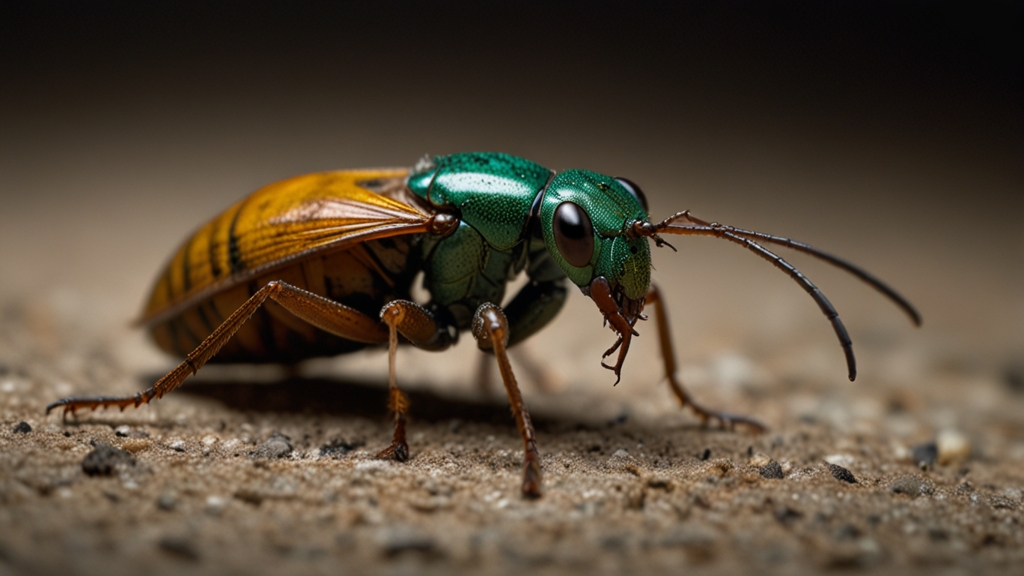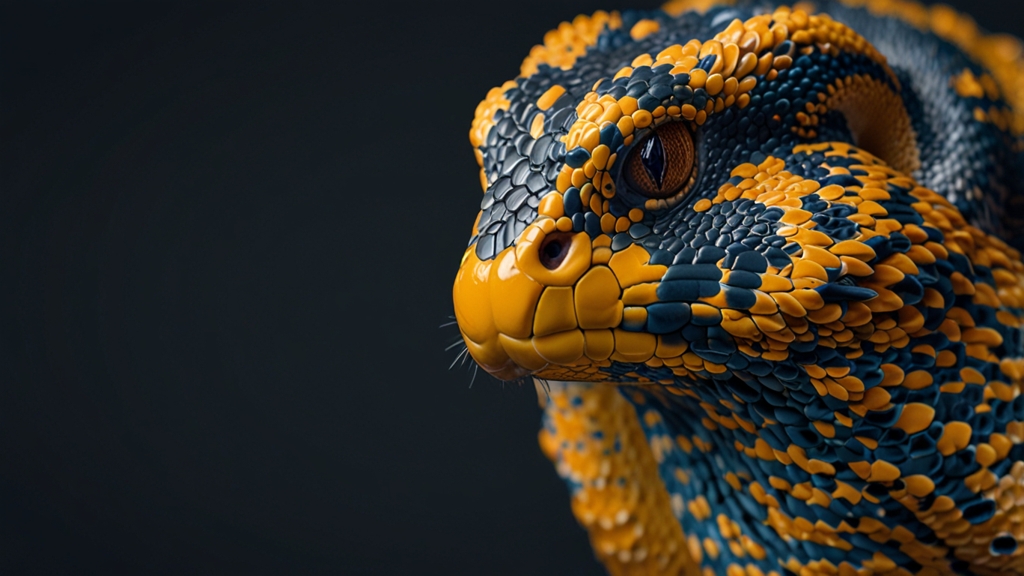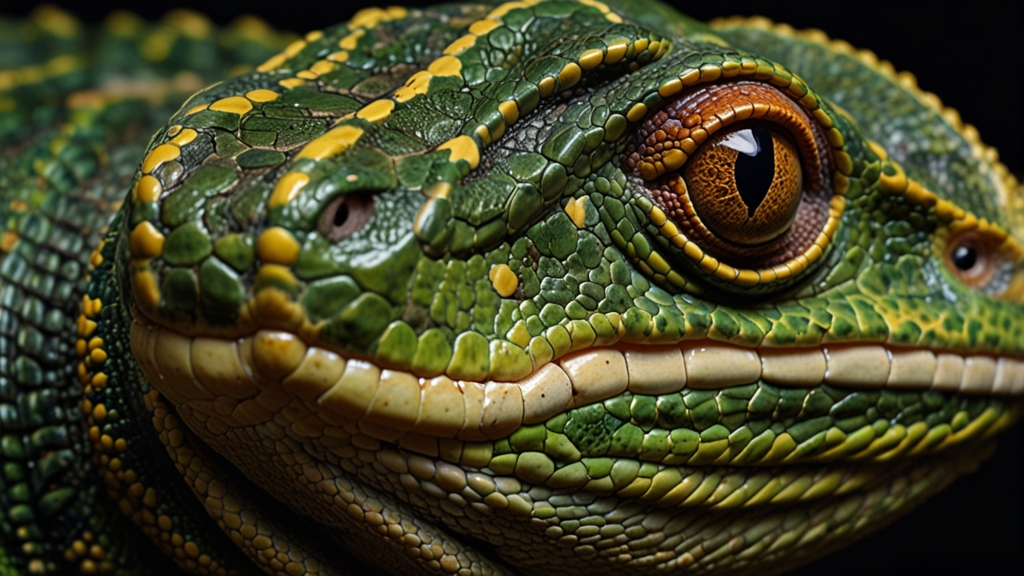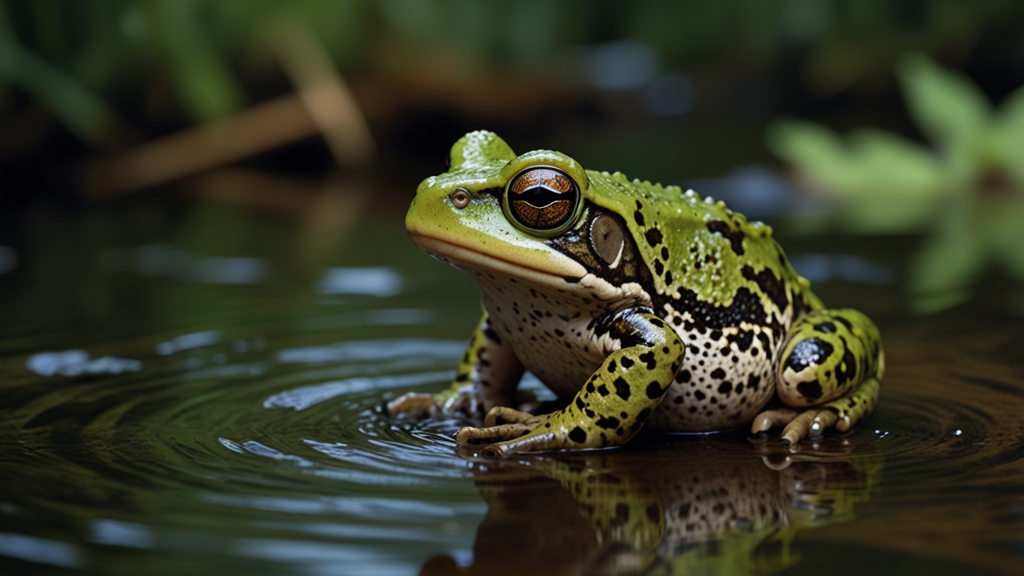The Creepiest Insect Myths That Are Actually True
Insects have long been the subject of folklore and superstition, often regarded with a blend of fear and fascination. While many insect myths are purely the products of vivid imaginations, some of these creepy tales have unsettling truths behind them. Here, we explore the most spine-chilling insect myths that, surprisingly, have a basis in reality.
Myth 1: Bugs Can Crawl Into Your Ears
We've all heard the terrifying myth that insects can crawl into our ears while we sleep. Unfortunately, this horrifying scenario is not entirely fictional. Various insects, including cockroaches and earwigs, have been known to venture into the ear canal. Once inside, these uninvited guests can cause quite a bit of discomfort and even damage.
"In one documented case from 2014, a cockroach was found living inside a man's ear in Australia. Doctors eventually extracted the insect, but not before it caused significant pain and distress."
While it's rare, these incidents do happen, so it's wise to be cautious, especially in areas where such pests are common.
Myth 2: Spiders Lay Eggs Under Human Skin
This myth likely stems from the unsettling idea that a spider could use your body as a living nursery. While spiders do not lay eggs under human skin, the premise is not entirely without merit, as some insects actually do lay eggs in or on human flesh. One prime example is the botfly, which captures mosquitos to help eggs hatch on hosts.
"Botflies lay their eggs on mosquitoes, which then transfer the larvae to humans through bites. The larvae burrow into the skin, causing painful sores as they mature."
Though it's rare and primarily found in tropical regions, the botfly's life cycle is disturbing enough to give anyone the creeps.
Myth 3: Kissing Bugs Really Do Kiss You
The 'kissing bug' sounds like a harmless or even endearing nickname, but these insects can be deadly. Also known as triatomine bugs, these night feeders get their name from their habit of biting humans around the mouth and eyes while they sleep. The true risk lies not in the bite itself but in the potential transmission of a parasite called Trypanosoma cruzi, which leads to Chagas disease.
According to the World Health Organization (WHO), Chagas disease affects millions of people in the Americas, bringing serious cardiac and digestive complications if left untreated. So, the myth that kissing bugs are dangerous is not just true but is a significant public health concern.
Myth 4: Ants Can Form Floating Colonies
Imagine waking up after a flood to find a mass of ants floating together, appearing almost as if a single, living raft. As creepy as this sounds, it's absolutely true, especially for fire ants. When their nests are flooded, these industrious insects can cling together to form floating colonies, ensuring the survival of the entire group.
Studies have shown that fire ants can link their legs and mouths to create waterproof rafts that protect them from drowning. The phenomenon is a testament to the remarkable adaptive skills of these tiny creatures, even as it gives most of us the shivers.
Myth 5: Termite Queens Can Live for Decades
Termites are often regarded as pests that can cause extensive structural damage. However, many people are unaware of one particularly eerie fact: termite queens can live for an exceptionally long time, often up to 25-50 years. During her lifetime, a single queen can lay millions of eggs, ensuring the colony's continual growth and survival.
This incredible longevity makes the termite queen not only a highly effective reproduction machine but also a symbol of resilience, albeit one that most homeowners would prefer to live without.
Conclusion
While many insect-related myths can be dismissed as mere superstition, some have a foundation in truth that makes them even more haunting. Whether it's the unsettling realization that bugs can indeed invade our ears or the creepy knowledge that certain insects can use our bodies for their own reproductive purposes, these myths remind us of the strange and sometimes frightening world of insects.
So, the next time you hear a creepy insect myth, take a moment to think twice—there might just be a chilling truth behind it.










